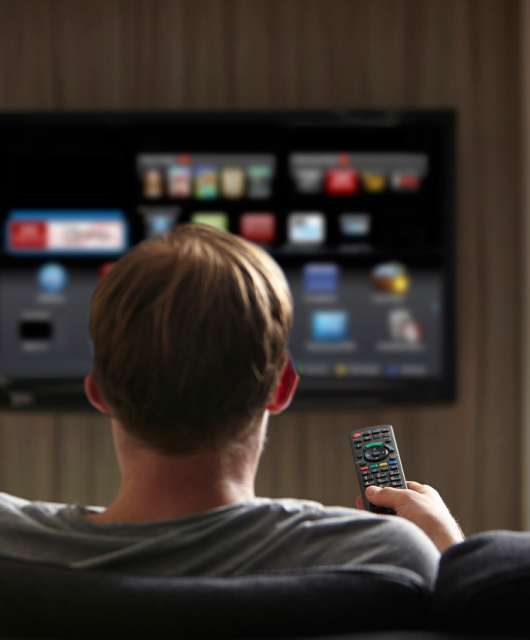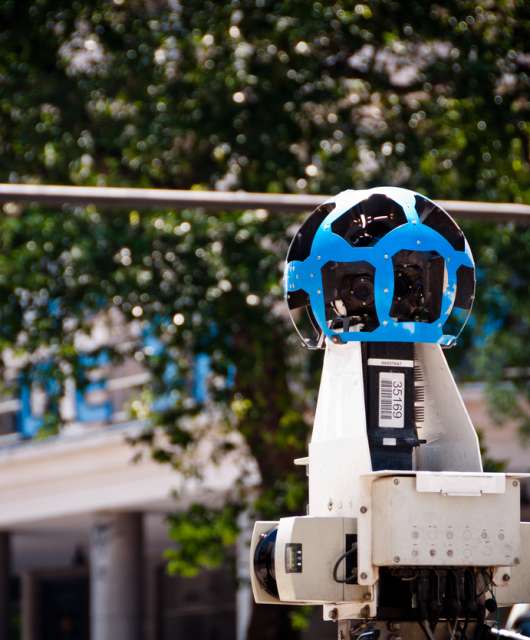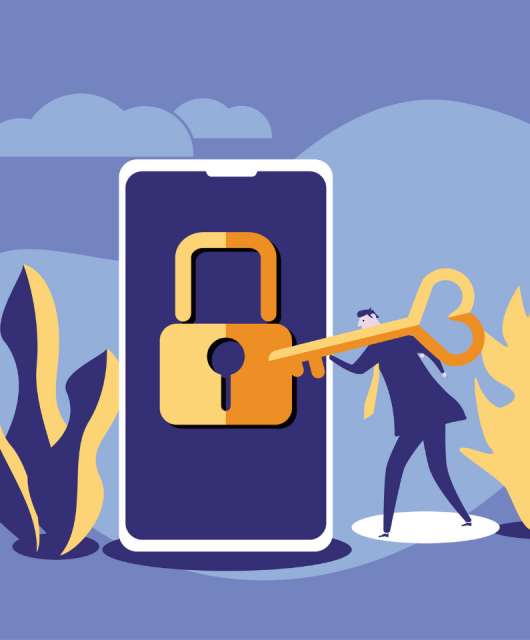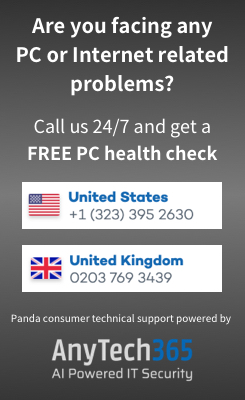If you have ever felt like technology is taking over your life, there’s a new wellness trend you might be interested in called digital minimalism. This not just another fleeting social media trend either – digital minimalism is a transformative approach to technology that helps individuals reclaim their time, attention, and well-being in a world overflowing with digital distractions.
The digital minimalism philosophy encourages people to be intentional about their technology use. This allows them to focus only on high-value digital activities that truly enhance their lives.
What is digital minimalism?
Digital minimalism is not an outright rejection of technology. Instead, it’s about using digital tools purposefully, ensuring that every app, platform, or device serves a clear, positive function for the individual.
Digital minimalism is especially relevant today, as constant connectivity can blur the boundaries between work and personal life. This can create a cycle of stress, burnout, and a sense of being perpetually “plugged in” and “always on”.
Why consider digital minimalism?
Fans of digital minimalism claim the philosophy can yield profound benefits for mental, emotional, and even financial well-being:
1. Greater mental clarity
Cutting back on nonessential digital engagement allows us to mentally disconnect, creating room for solitude, self-reflection, and creativity. With fewer distractions, your mind is free to wander, solve problems, and generate new ideas. Well-being experts claim that mental clarity is essential for personal growth and happiness.
2. Improved focus and productivity
By limiting your digital activities to those that truly matter, you reclaim your attention for deep, meaningful work. You’ll find it easier to concentrate on complex tasks, achieve your goals, and enjoy a sense of accomplishment – at home and at work.
3. Better work-life balance
Digital minimalism helps you set boundaries between work and personal life. By intentionally choosing when and how to engage with technology, you prevent burnout and ensure that your downtime is genuinely restorative. And that you’re not caught up in work activities when you should be enjoying your ‘down time’.
4. Enhanced well-being and lower stress
Constant notifications, endless scrolling, and information overload can lead to anxiety and fatigue. Digital minimalism reduces these stressors, allowing you to feel more present, calm, and in control of your life, no longer at the mercy of the next push notification on your smartphone.
5. Stronger relationships
When you’re less tethered to your devices, you have more time and attention to devote to the people around you. This leads to deeper, more meaningful connections with family and friends.
6. Reduced costs and digital clutter
By using fewer apps and devices, you save money and avoid the chaos of digital clutter. Your digital environment becomes simpler, easier to manage, and more enjoyable to use.
How to embrace digital minimalism
Ready to try out digital minimalism? These three steps will get you started:
Step 1: Define your technology values
Ask yourself, what do I value most? Is it creativity, learning, relationships, health, or something else? Then you can try to understand how technology can support these values, rather than distract from them. Once you’re clear about your values you can make smarter decisions about which digital tools to keep and which to let go.
You might be interested in: What Is Digital Security? Tools and Applications
Step 2: Take a digital declutter
Commit to a period of digital decluttering. Remove or pause all non-essential apps, platforms, and devices, keeping only those that are truly necessary or deeply meaningful. Initially this may feel quite uncomfortable, but you can use this time to notice which technologies you genuinely miss and which you’re relieved to be without.
Step 3: Reintroduce technology intentionally
When the declutter period ends, thoughtfully reintroduce only those digital tools that directly serve your values and well-being. For example, if you value staying informed, choose a single, high-quality news source and disable unnecessary notifications. The goal is to use technology with intention according to your own needs, not out of habit or external prompting.
Practical tips to make digital minimalism work for you
Digital minimalism takes some effort to get right, but there are some ways you can make technology work smarter for you:
- Use a ‘dumb’ phone for making personal voice calls, reserving your smartphone for essential tasks.
- Delete distracting apps that don’t align with your values.
- Set screen time limits and take regular breaks to avoid “doom scrolling” and digital fatigue.
- Use email filters and folders to prioritize what matters.
- Use productivity tools to block distracting sites during work or study, allowing you to stay focused.
- Consider using apps without logging in to reduce personalized distractions.
- Use a password manager to simplify account access and reduce mental clutter.
You might be interested in: Which apps use the most data on my iPhone?
Staying on track
Transitioning to digital minimalism isn’t always easy. You may worry about missing out or struggle to draw the line between essential and nonessential technology.
The key to success is to focus on positive rewards—greater peace, focus, and satisfaction—rather than just restriction.
If you start small and stay consistent you can enjoy the many benefits of a simpler, more mindful digital life thanks to digital minimalism.
Continue reading: What is digital inclusion?







